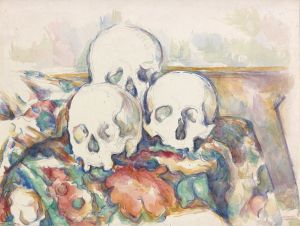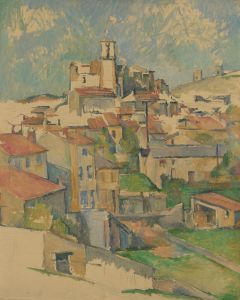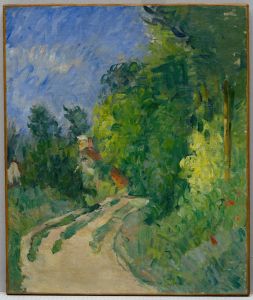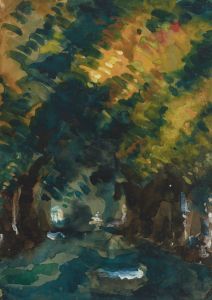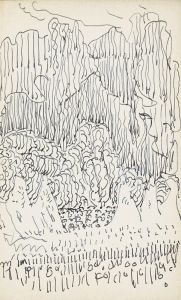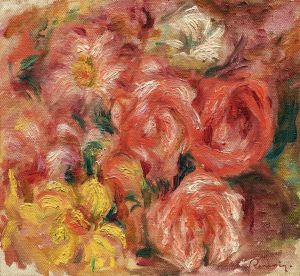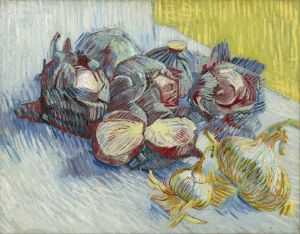
The Bend in the Road
A hand-painted replica of Paul Cézanne’s masterpiece The Bend in the Road, meticulously crafted by professional artists to capture the true essence of the original. Each piece is created with museum-quality canvas and rare mineral pigments, carefully painted by experienced artists with delicate brushstrokes and rich, layered colors to perfectly recreate the texture of the original artwork. Unlike machine-printed reproductions, this hand-painted version brings the painting to life, infused with the artist’s emotions and skill in every stroke. Whether for personal collection or home decoration, it instantly elevates the artistic atmosphere of any space.
Paul Cézanne's painting "The Bend in the Road" is an exemplary work that showcases the artist's innovative approach to landscape painting, which played a pivotal role in the transition from 19th-century Impressionism to 20th-century Cubism. Cézanne, a French Post-Impressionist painter, is often credited with laying the groundwork for the modernist movement through his unique treatment of form and color.
"The Bend in the Road" is believed to have been painted in the late 19th century, during a period when Cézanne was deeply engaged in exploring the landscapes of Provence, a region in the south of France. This particular painting captures a rural scene, characterized by a winding road that disappears into the distance, flanked by lush greenery and trees. The composition is marked by Cézanne's distinctive brushwork and his use of color to convey depth and structure.
Cézanne's technique in "The Bend in the Road" reflects his departure from the traditional linear perspective. Instead of relying on precise lines and vanishing points, he employed a method of constructing the scene through color modulation and geometric simplification. This approach allowed him to convey the essence of the landscape rather than a detailed, realistic representation. The road in the painting serves as a central element, guiding the viewer's eye through the composition and creating a sense of movement and continuity.
The palette used in "The Bend in the Road" is typical of Cézanne's work, featuring earthy tones and a harmonious blend of greens, blues, and ochres. These colors not only depict the natural environment but also evoke the atmosphere and light of the Provençal countryside. Cézanne's application of paint is deliberate and methodical, with visible brushstrokes that add texture and dynamism to the scene.
Cézanne's landscapes, including "The Bend in the Road," were not merely depictions of nature but were also explorations of form and perception. His innovative approach challenged the conventions of his time and influenced a generation of artists who followed. Notably, his work had a profound impact on the development of Cubism, with artists like Pablo Picasso and Georges Braque drawing inspiration from Cézanne's emphasis on geometric forms and spatial relationships.
"The Bend in the Road" exemplifies Cézanne's belief in the importance of capturing the underlying structure of the natural world. His ability to convey the complexity of a scene through simplified forms and a carefully considered color palette has earned him recognition as a pivotal figure in the history of art. Today, Cézanne's paintings are celebrated for their contribution to the evolution of modern art, and "The Bend in the Road" remains a testament to his enduring legacy as a master of landscape painting.








